These light and fluffy vegan profiteroles are filled with sweetened cream and topped with blueberry compote. How will you top yours?
Vegan choux pastry
If you've mastered vegan shortcrust pastry and vegan puff pastry then it's time you gave vegan choux pastry a go! Choux pastry, or pâte à choux, is a delicate pastry dough that puffs up while baking making it perfect for filling with cream and other ingredients once baked.
What can I use choux pastry for?
The two most common uses for choux pastry are profiteroles (as we are making here) and eclairs (a separate post to follow!)
You can also make:
- Paris-Brest (a choux pastry ring is filled with custard and chantilly cream and dusted with icing sugar)
- Croquembouche (a tower of profiteroles secured with threads of caramel, often served as an alternative to wedding cake
- Filled choux buns (choux pastry buns cut in half and filled with cream fillings)
All are great ways of using vegan choux pastry once you've mastered it. Vegan profiteroles are perhaps the simplest and a great way to start.How is choux pastry made?
The method for making choux pastry is very far removed from shortcrust pastry and puff pastry. Not least because it involves heating the ingredients and incorporating egg.
- Step 1: melt butter, milk, sugar and salt in a saucepan and bring to the boil.
- Step 2: remove from the heat and add flour to the pan.
- Step 3: add this back over the heat and beat this well until a ball of dough forms.
- Step 4: remove from the heat and leave to cool slightly
- Step 5: once warm, add in the egg in small amounts, beating it into the ball of dough each time
The choux pastry is ready to use once it's formed a glossy paste.
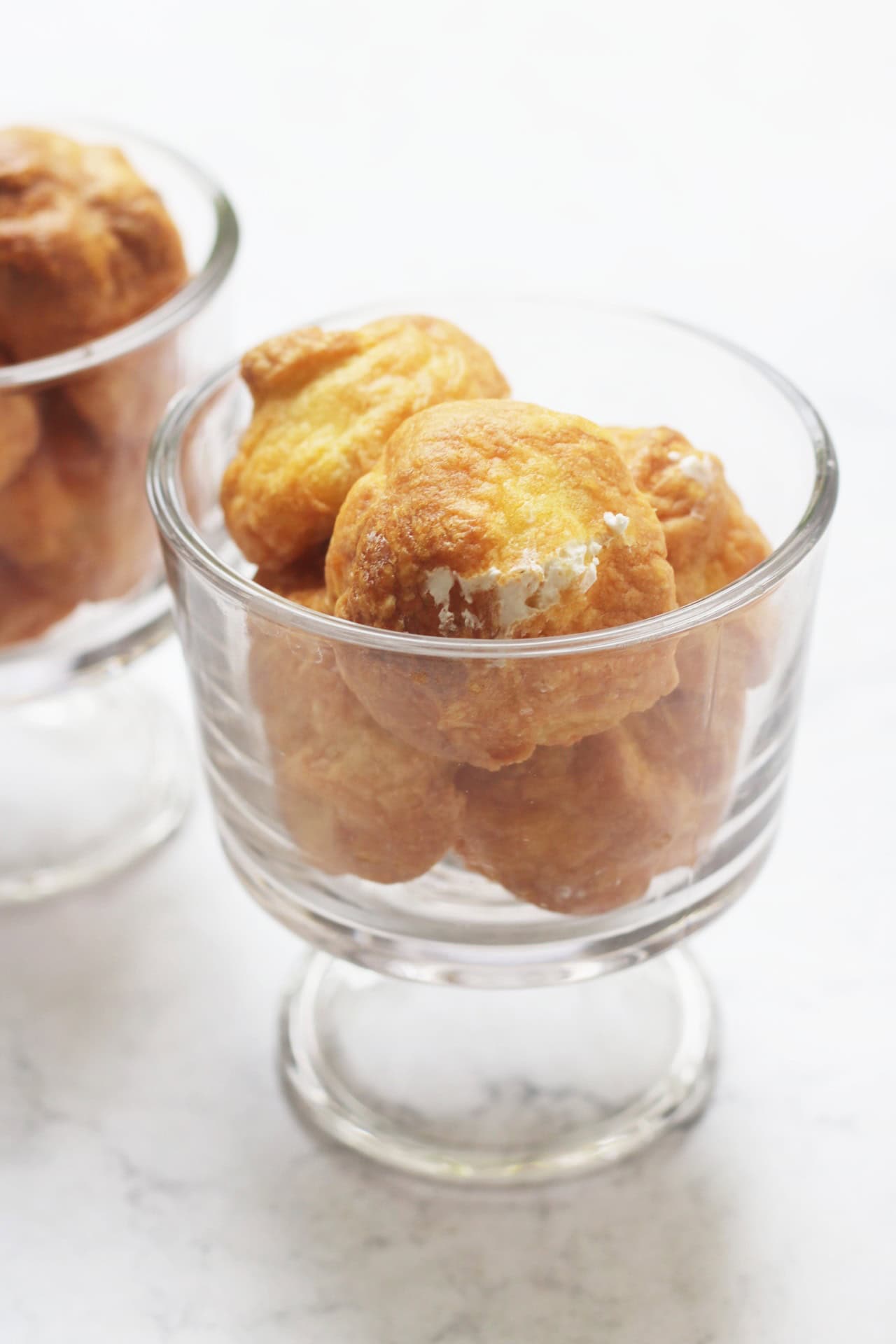
How do you make choux pastry with plant based ingredients?
Finding substitutes for the ingredients in traditional choux pastry are not easy. The milk is fine; simply use soya. And you can use a vegan block butter or margarine in place of the dairy kind.
The egg is what poses a challenge in this recipe. It's used to slacken the pastry dough and is important as it is what creates the steam, puffing up the pastry.
I have tried many methods and ingredients and the best results come from using a processed, liquid egg replacer like Crack'd or Oggs. Now I know these aren't as readily available as other egg substitutes but more and more supermarkets in the UK are beginning to sell them. Just check the fridge aisles or shop online at Ocado, Sainsburys, Marks and Spencers, Wholefoods or the Vegan Kind Supermarket.
Once you've sourced the liquid egg replacer you're good to go!
For more information about how to make plant based swaps while baking, check out the big vegan baking guide.
How to serve profiteroles
It's traditional to serve profiteroles cold, with a hot chocolate sauce. I, however, like to serve them with a fruit compote as you can see in the photos. The choice is yours.
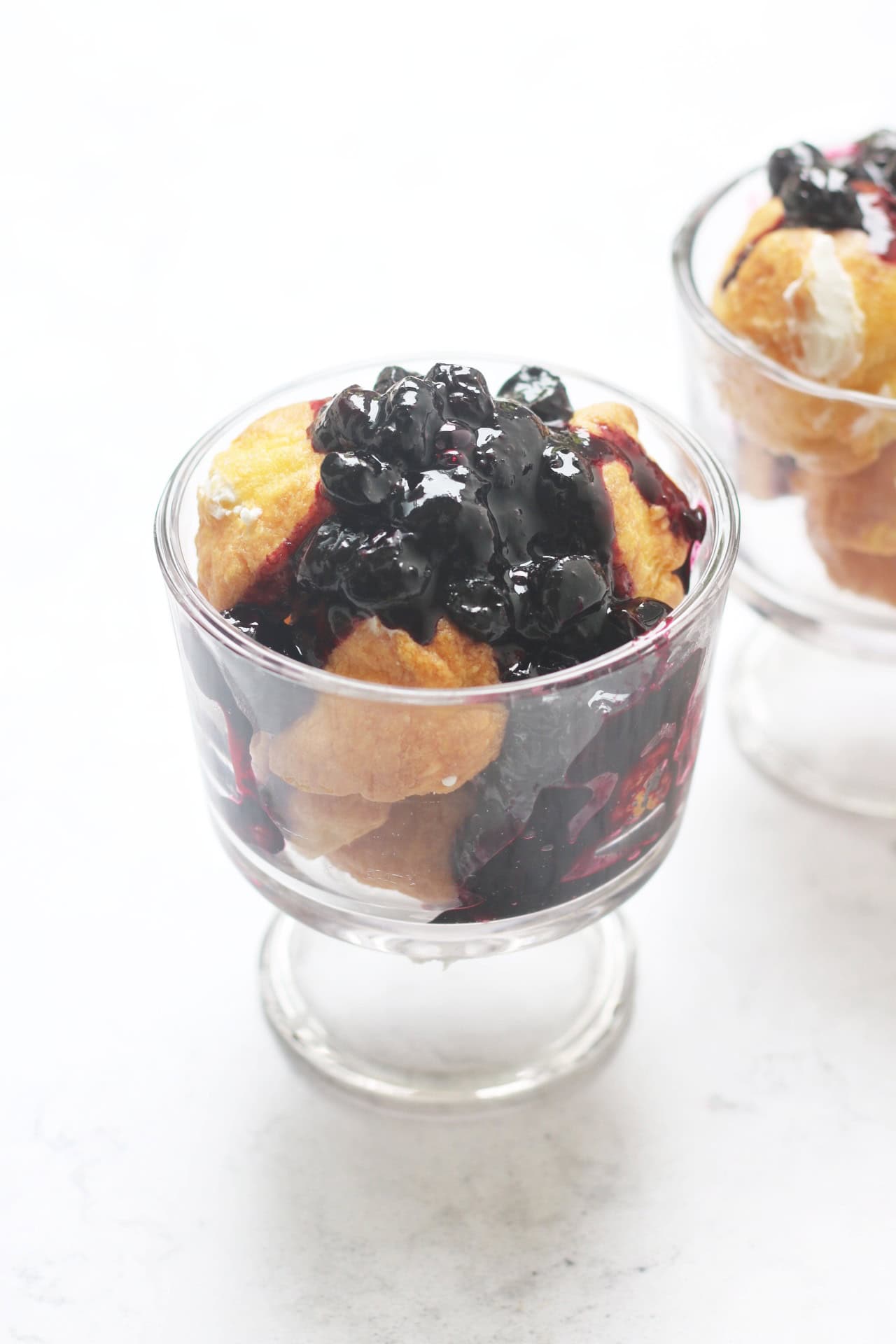
The recipe
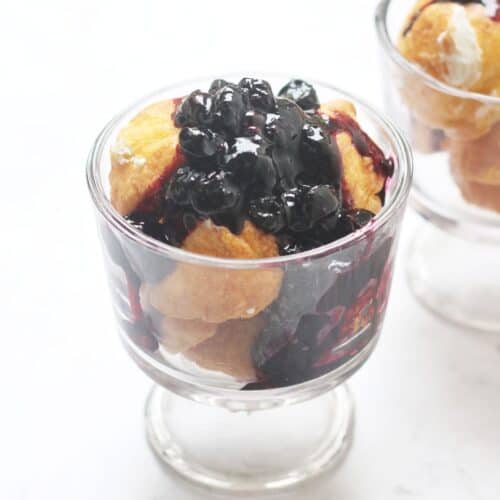
Vegan Profiteroles
Equipment
- 1 Baking tray
- baking paper
- 2 Piping bags
- 1 narrow piping nozzle
Ingredients
- 235 g soya milk
- 85 g vegan butter cut into small cubes
- 10 g caster sugar
- 1 pinch salt
- 130 g plain flour sifted
- 250 g Crack'd or other liquid vegan egg replacer
- 250 ml whippable vegan cream
- 4 tablespoon icing sugar
Instructions
- Pre-heat your oven to 200C / 400F / gas mark 6 and cover a large baking tray with baking paper.
- In a large saucepan add the soya milk, vegan butter, sugar and salt.
- Place over a medium-high heat and cook until the butter has melted and it has come to a boil
- Remove the saucepan from heat and add the flour. Beat the flour until the liquid until no lumps remain.
- Return the saucepan to medium-high heat and cook, and continue to beat frequently until the dough is pulling together into one dough ball.
- Take the saucepan back off of the heat and let the dough cool until just warm.
- Add roughly 50g of the egg replacer and beat well into the dough ball.
- Repeat until the egg replacer is fully incorporated and a shiny paste has formed.
- Fill a large piping bag with the choux pastry and cut off the tip.
- Pipe mounds of the choux pastry onto the baking sheet. Use a wet finger to press down any pointy bits that might catch in the oven.
- Place into the oven and bake for 25 - 30 minutes or until puffed up and golden.
- Remove the profiteroles from the oven and poke a small hole in the base of each one so they don’t collapse then leave them to cool on a wire rack.
- Once completely cool, whip up the vegan cream and icing sugar until thick and holding its shape.
- Using a narrow piping nozzle, fill the piping bag with cream and pipe into the hole at the base of the profiteroles.
- Once filled, serve with chocolate sauce or your favourite berry compote.
Notes
Nutrition
More vegan desserts recipes

For the full range of pudding recipes check out the dessert recipe archive.

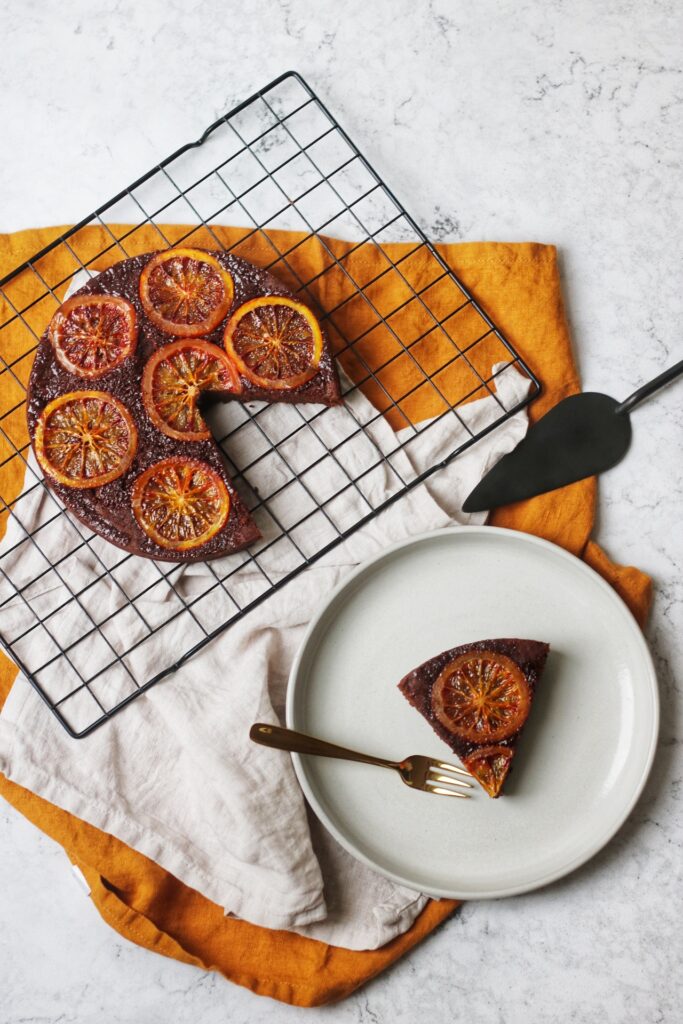
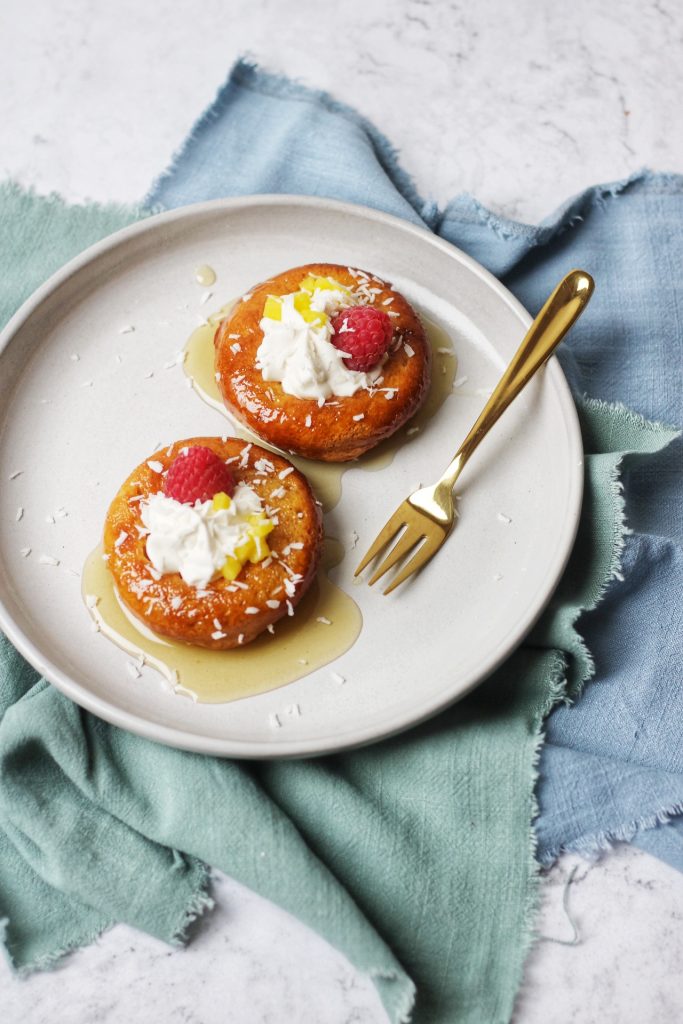
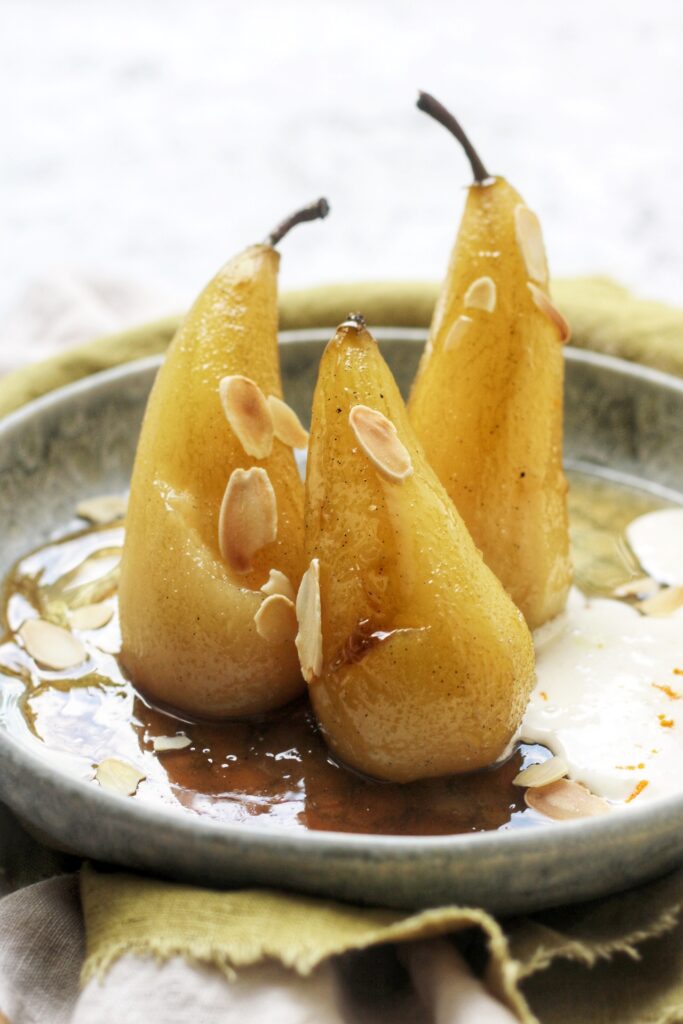
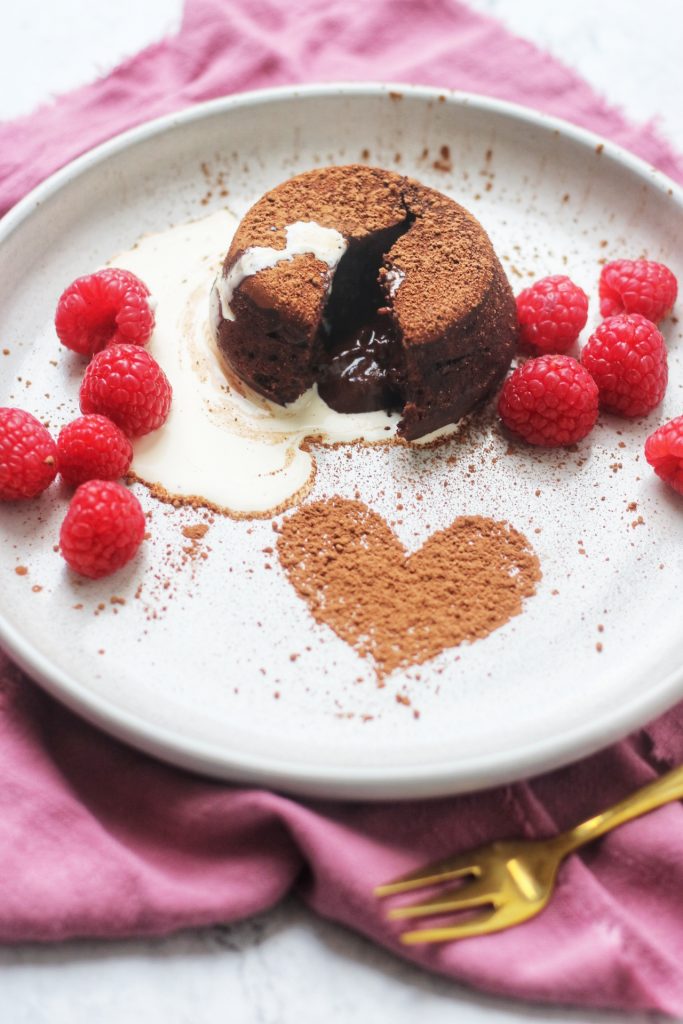
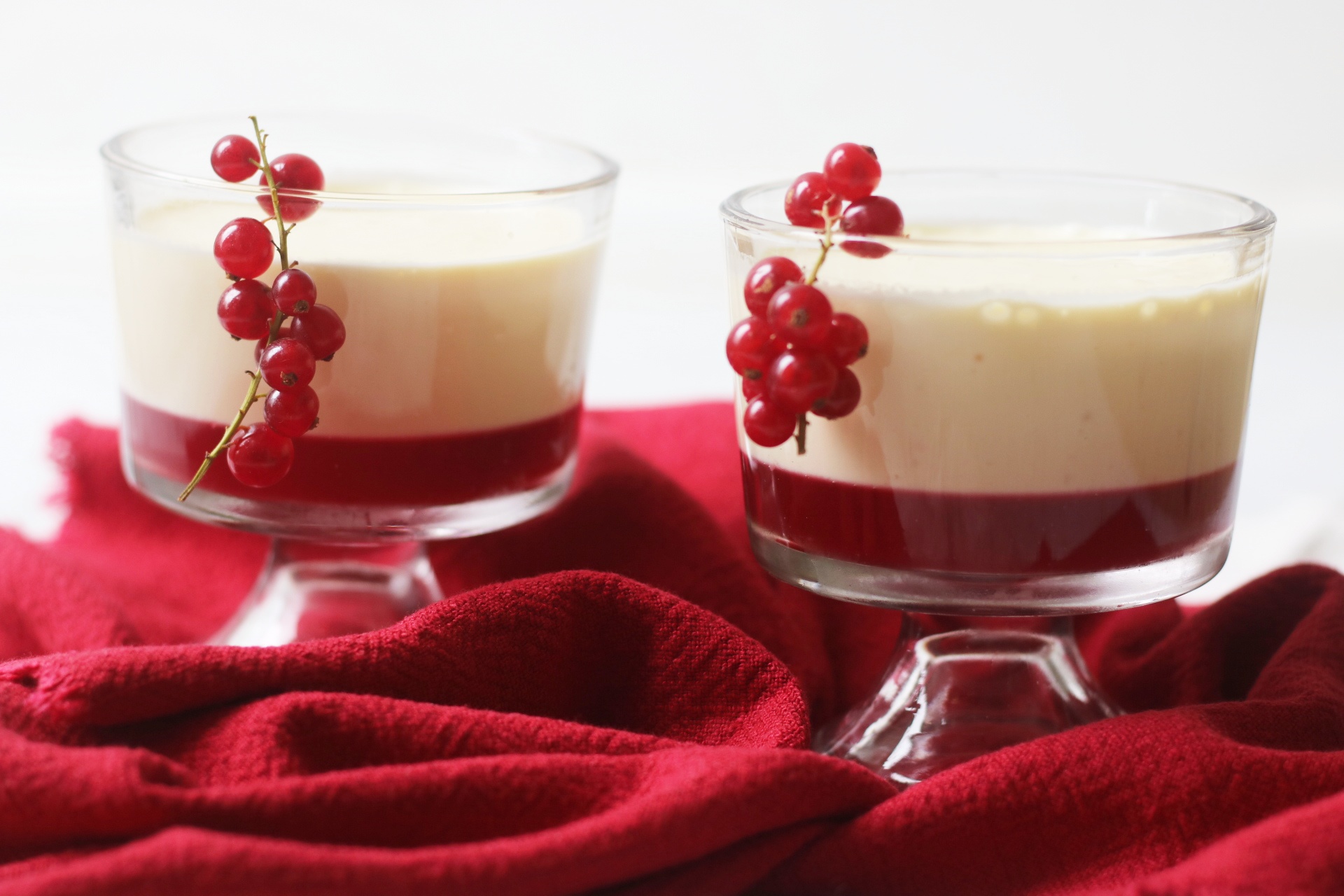
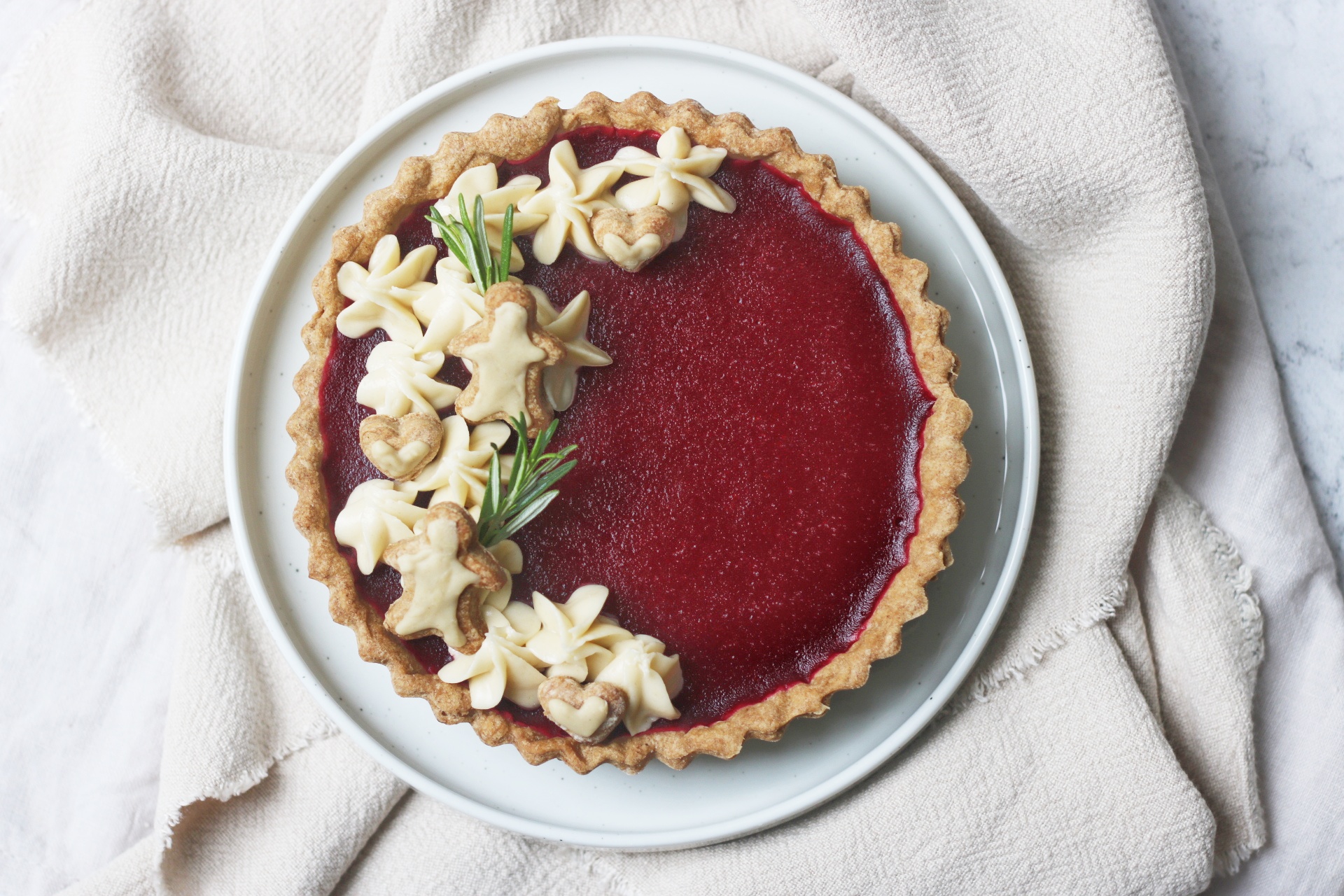
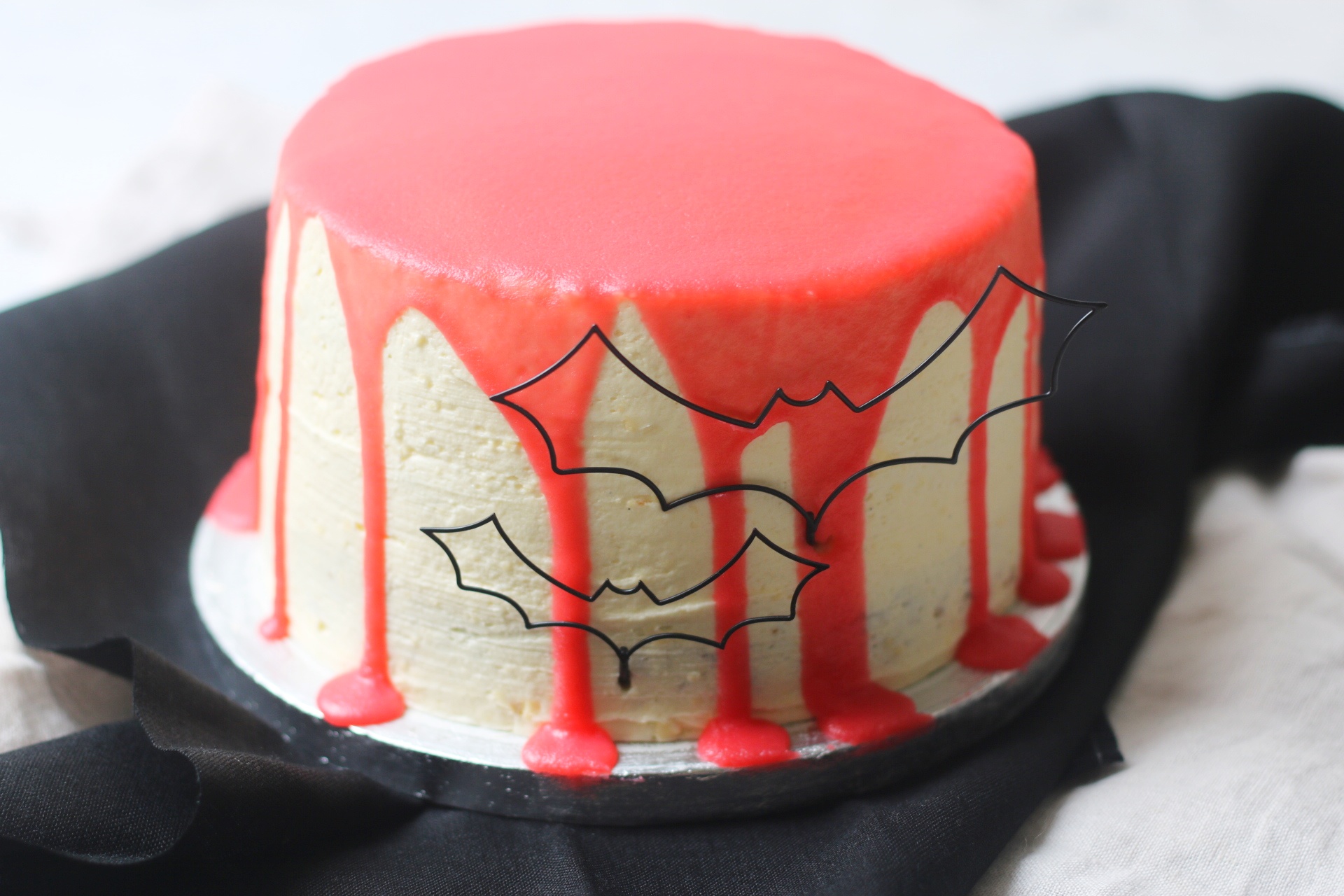
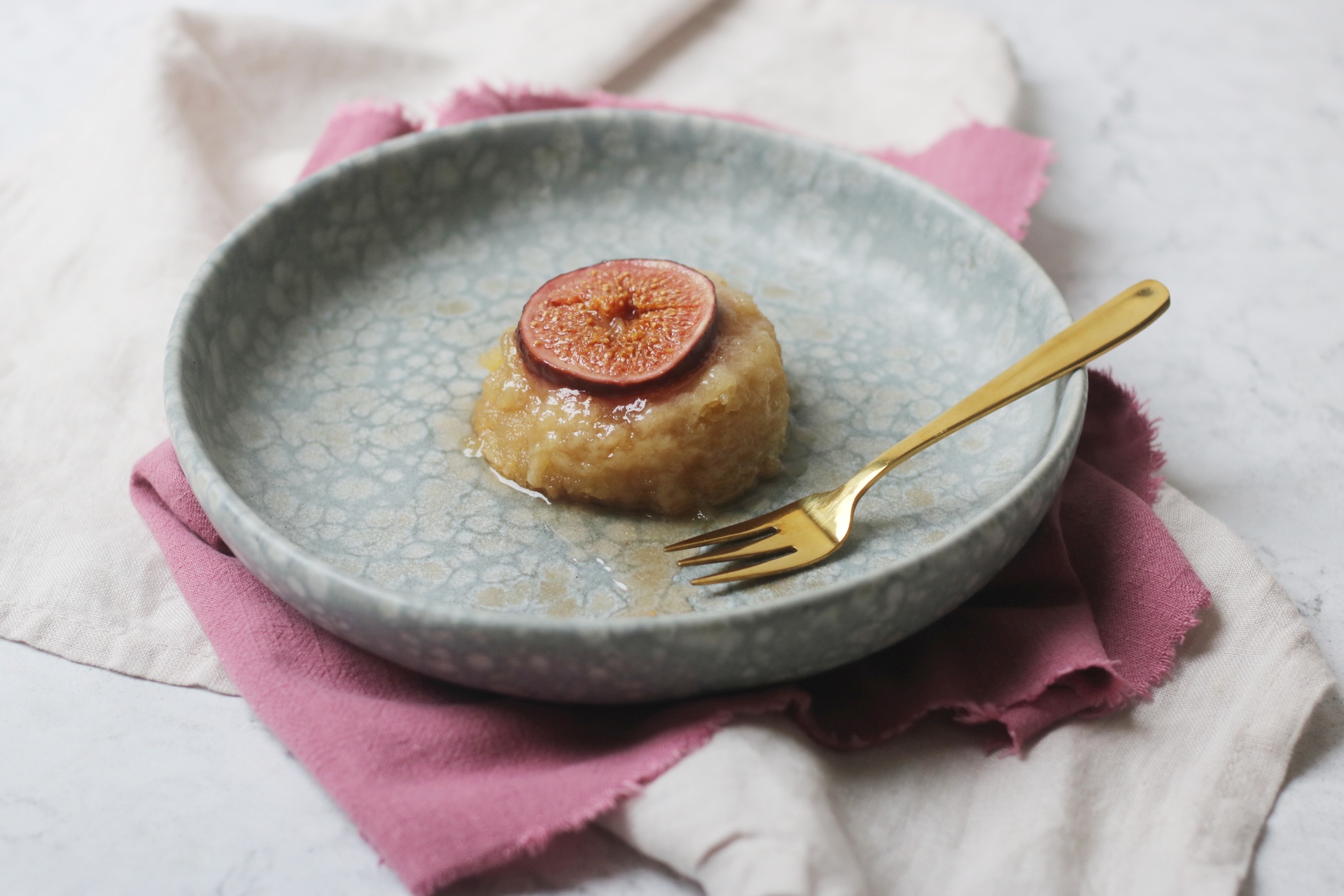
Kantha Rodgers says
What can I use a s a substitute for Crack'd? We do not have it in South Africa.
Emma says
Hi Kantha
What a shame you don't have Crack'd in South Africa.
I'm afraid I've not tried any other substitutes so can't recommend any.
If you wanted to experiment, Crack'd is a liquid egg replacement that has the look and feel of whisked egg. I hope that helps.
Kristiana says
Could you not just use aquafaba straight from a can of chickpeas? Is that not what that is?
Emma says
Hi Kristina
Sadly not. Crackd is made from pea protein amongst other things aquafaba wouldn't be a direct substitute.
Maddie says
Hey lovely
Have you tried with gf blend? Xx
Thanks for posting! Xxx
Emma says
I'm afraid I don't have any experience in gf cooking. Good luck! x
Madelon says
It's the best vegan version of profiteroles so far but still not ideal. The cooked dough is not as puffy and elastic as I would like. Also, after 30 minutes they were still wet on the inside. I pierced them and placed them another 5 minutes in the oven. Still a bit wet but acceptable. But then they get too crunchy on top. In the end I made a savory filling with plant based cream cheese and green unions, which tasted better than a sweet whipped cream filling.
The egg replacer that I used is MyEy.
It was my third and for now last attempt to make vegan profiteroles. To make it really work I think we need something that mimics the viscosity of eggs.
But thanks for the recipe anyway. The description was clear and easy to follow.
Emma says
Hi Madelon
Thank you so much for the feedback. I've not come across MyEy before so wonder if that's why they didn't quite come out the same as mine. Your filling sounds delicious. I will definitely have to give that a try. I've not tried making them savoury before.
Sian says
Okay.
This recipe was a journey for me.
I tried this recipe 3 times, with varying levels of success.
The first time I followed the recipe above to the letter. My profiteroles turned out to be more like profiteflats (picture sad, deflated profiteroles from your nightmares)
Despite the anguish of having to go to the shops for more flour to try again and the sadness of having failed the first time I persisted a second time.
This time I tried less soy milk (I did some research on why my croux pastry was sad), and waited longer for the pastry to cool.
I use aquafaba because I forgot to get more egg replacer and I was determined that I was not going back to the shops again.
This had varying levels of success, but still nowhere near to beautiful golden balls of my dreams.
And so I tried again.
This time, I used the amount of soy milk in the recipe above, skipped the sugar (because I ran out and I think we can all guess my thoughts on returning to the shops at this point), and only used a half cup of aquafaba.
The results?
Slightly soggy after 20 minutes - I stabbed them in the butt and cooked them again for another 10 - 15 minutes at 180°c (fan forced).
Golden balls (and disks - I'm not wasting my previous efforts) of deliciousness which I will be inflicting on my family later.
Emma says
Wow that really was a journey! Sorry they didn't turn out as expected with the egg replacer. Which kind did you user? Really interested to hear about how you got on with aquafaba, I hadn't had any luck using it personally.
Andrea says
hi,
i'm just chekcing it definetly 235g of soya milk and not 235ml of soya milk as there is a difference?
Emma says
Hi Andrea for liquid the conversion is 1:1 so it should be the same. But grams is more accurate as is easier to weigh than to see on the side of a measuring jug.